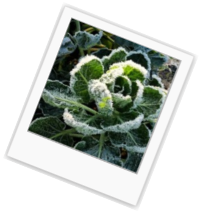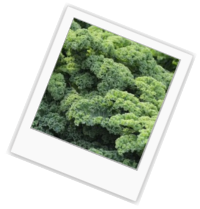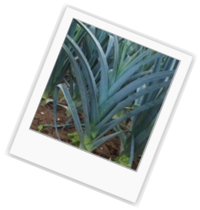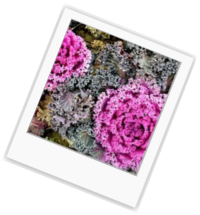Winter Gardening Tips
Outdoor Winter Gardening
 If you love the satisfaction of growing your own food, ensuring a beloved plant thrives, or just like to experiment, discover the joys of winter gardening with worm castings.
If you love the satisfaction of growing your own food, ensuring a beloved plant thrives, or just like to experiment, discover the joys of winter gardening with worm castings.
Most people buy their seeds in January, February, and March to start their seeds indoors for spring. Many people, however, are beginning a second planting in July, August and September for fall and winter harvests.
Unless you have a greenhouse, you likely will not be growing tomatoes in January. Fruit crops need heat and strong sun to soften them, deepen their flavor and ripen to their potential.
Winter crops are leaves, stems and roots. These crops mature more slowly as the weather cools and the days shorten. This slow-growing allows the crops to sweeten, however, and your winter carrots and kale will be a nutritious treat.
 What Crops Can I Grow in Winter?
What Crops Can I Grow in Winter?
Hearty, leafy winter greens do well in winter like chard, kale, parsley, and spinach. Less well-known but no less-delicious options also include mâche and claytonia, both excellent and tender salad greens.
Roots that will do well in the cold include carrots, turnips, radishes and leeks.
Winter gardening of delicious organic vegetables is surprisingly easy. Maintenance is at a slower pace than in the summer as there are fewer weeds, and low light cuts down on evaporation so some parts of the country may not even have to water from mid-November to mid-February.
 For enclosures, start with the least protection you might need and keep a close eye. Raised beds made of stone retain heat, and you can use mulch, hay and dead leaves and grass to insulate, protect and cover. You should fear heat more than cold for winter crops. You must not forget to vent cold frames, quick hoops, and greenhouses on sunny days, lest you “cook” your greens.
For enclosures, start with the least protection you might need and keep a close eye. Raised beds made of stone retain heat, and you can use mulch, hay and dead leaves and grass to insulate, protect and cover. You should fear heat more than cold for winter crops. You must not forget to vent cold frames, quick hoops, and greenhouses on sunny days, lest you “cook” your greens.
To prepare your soil, mix in a 1:3 ratio of vermicompost to give your plants a boost that will surprise you. Many types of earthworms hibernate deep below the frost line for the winter, so they are not doing their normal duty of aerating and enriching the soil. Using their worm castings in your winter garden can help protect your plants and help them thrive.
RELATED ARTICLE: 7 Ways to Keep Plants Healthy in Winter
Worm Castings for Your Indoor Plants
 Do you have an indoor plant that was previously thriving but now has slowly started to weaken and whither? Even despite the fact that you have been caring for it properly and feeding it fertilizer?
Do you have an indoor plant that was previously thriving but now has slowly started to weaken and whither? Even despite the fact that you have been caring for it properly and feeding it fertilizer?
Have no fear, your 100% organic, natural indoor plant solution is here. Add a dose of worm castings to your potting mix, give it a month, and look for new growth.
Aside from NPK nutrients found in water-soluble fertilizers, plants need a wide variety of minerals, microbes and beneficial bacteria to maintain health and vigor. Vermicompost delivers more than 150 plant vitamins and trace minerals. It also has beneficial enzymes, hormones and bacteria, and the crumbly structure promotes soil aeration. For indoor plants, use a 50:50 ratio for potting soil.

